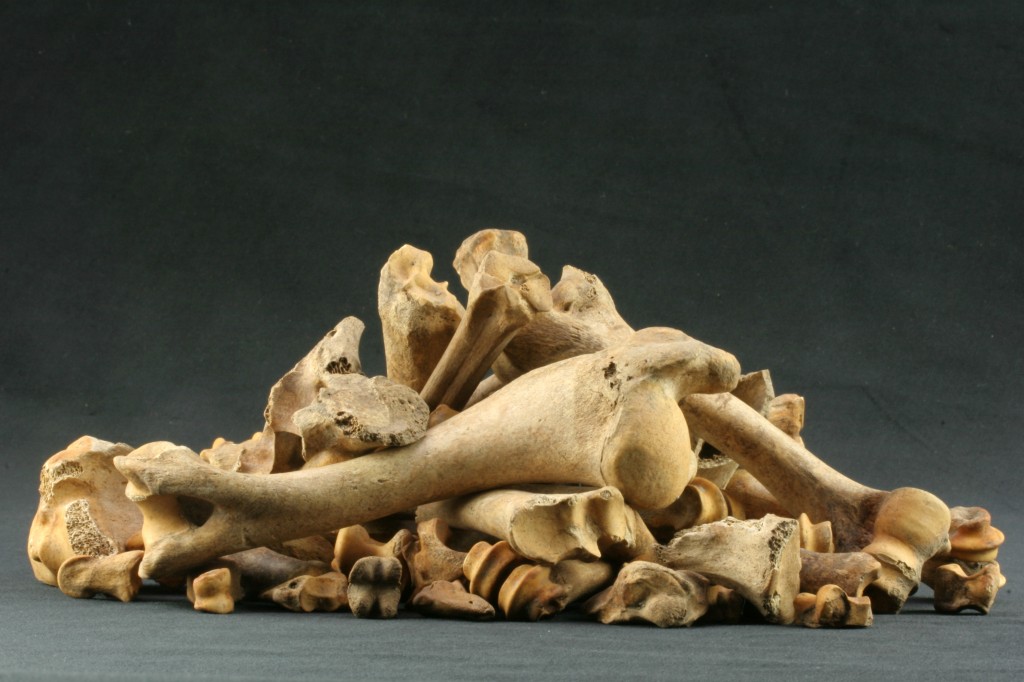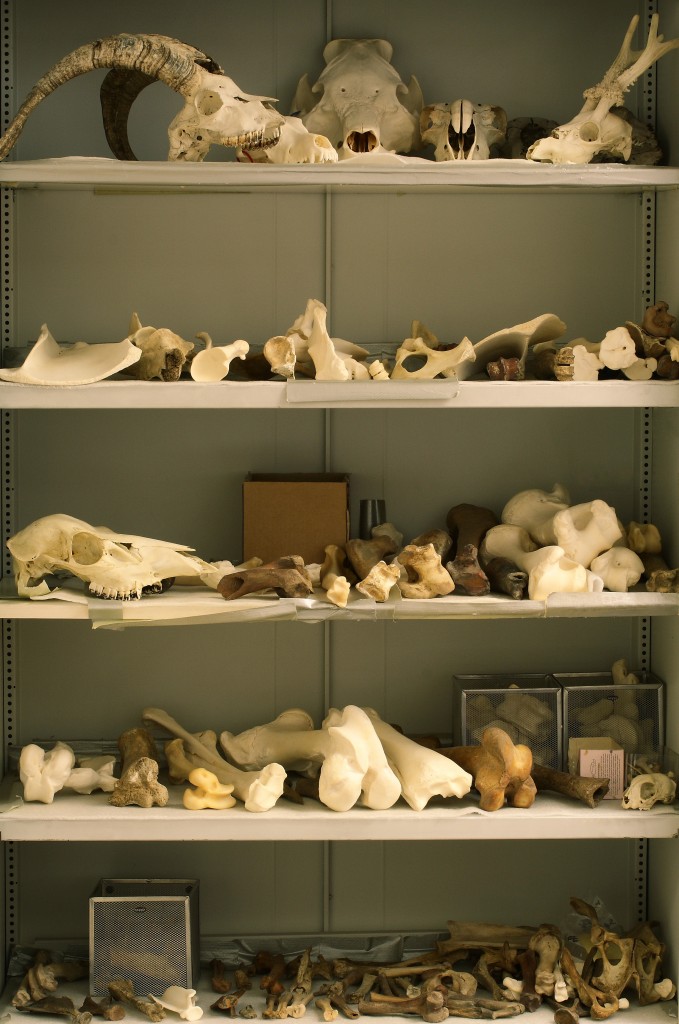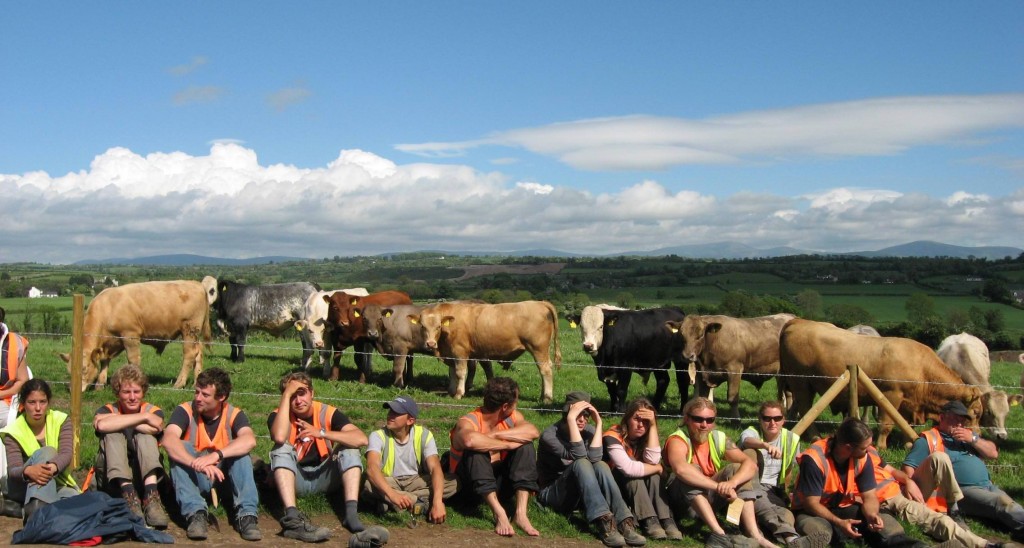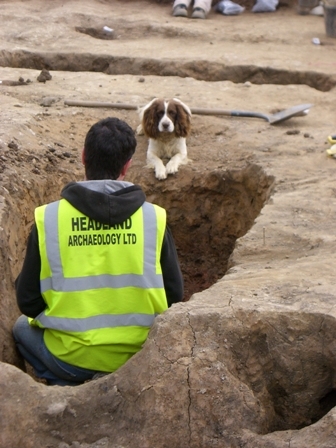
One of the main purposes of this blog is to let people know what we at Rubicon do, and to explain the type of techniques we employ when looking at the past. Today the focus is on our zooarchaeological specialist Claudia Tommasino Suárez, and how she uses the age of an animal to help her in her analysis.
Following the excavation of an archaeological site, a number of our specialists will examine different types of material to answer key questions about how the people of the past lived. One of the most important is the study of animal bone, known as zooarchaeological or faunal remains analysis. The specialist analysis of these bones can reveal much of the day-to-day activities carried out by past peoples, showing us how they managed and exploited the animals around them.

If you are interested in what the people of the past ate, how they prepared their animals for consumption, or what products they exploited animals for, then you need to contact your nearest zooarchaeologist! It might seem obvious to think that the presence of a particular species on a site implies its consumption. However, the reality is often more complex than this. In order to ascertain the full story the zooarchaeologist must do more than just identify the different types of animal present. As an example, other factors such as determining the age at which an animal was slaughtered are important, as this can provide clues to tell us how the individual may have been exploited. This is especially the case when looking at cattle and sheep, often the most common animals found on archaeological sites in Ireland. We can use these species as an example of how an animal’s age can tell us something of their use in Ireland.
Lets look specifically at what we can learn from analysing the age of some animals from medieval sites. When old cattle and sheep are present in an assemblage, it is likely that these animals spent most of their lives as ‘secondary product providers’. This means that their primary purpose was to act as labour animals or to provide dairy or wool products, and they were only slaughtered for meat when these primary roles could no longer be carried out. Where an assemblage contains a high number of calves or lambs, it may be interpreted as a sign of the importance of dairying to the society, where the milk produced by cows and ewes was used for human consumption rather than to feed young animals.

When animals were being raised primarily for meat we generally find that they are killed in a middle stage of their life, when they are fully grown but their meat is still relatively tender. As an example, at the medieval castle site of Castledonovan, Co. Cork, we found meat-bearing bones such as upper limbs and girdles, alongside butchery marks in sub-adult animals that indicate filleting, dismemberment, chopping and beheading; this is all suggestive of the utilization of animals for meat consumption.
However, the picture is rarely as clear-cut as this. Rather, many medieval archaeological sites in Ireland produce remains suggestive of mixed animal husbandry including cattle and sheep, and often with remains that indicate the production of both meat and secondary products at the same time and place.

Clearly, cattle and sheep are not the only animals you will find on an archaeological site. Apart from other domesticated species such as goats and pigs, some species that were hunted are also recovered. The most common in a medieval context is deer, which provided both venison and antler. When a complete animal body is found on a site it generally indicates that an animal was placed in the ground in one piece, rather than being butchered. Some of the most common finds of this type are dogs and horses. Medieval dogs seem to have acted both as a companion and to assist with tasks such as herding and hunting, while horses were valuable commodities which could provide both labour and transportation.
As can be seen, identifying the species and determining the age of animals through zooarchaeological analysis can help us explore how animals were exploited in past Irish societies. This is only one element of what the study of faunal remains can teach us. Further examination can help us to understand the social dynamics of the past, answering questions such as how a site’s space was organised, how animal use changed through time and how different sites interacted with each other. The next part of Zooarchaeology Focus will explore some of these issues, so stay tuned!
”Some of the most common finds of this type are dogs and horses” I hope that lovely Springer did not hang around ………..
Luckily he made good his escape!
Was that Devvie?
Hi! No he was just a lookalike he used to visit a site at Sallymount on the N7 Nenagh to Limerick Scheme.
Pingback: Zooarchaeology Focus: Putting Flesh on the Bones of the Past | Headlines
Pingback: » Zooarchaeology 10 Secondes Tigre